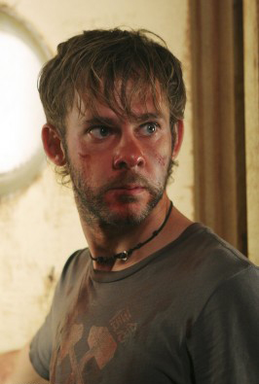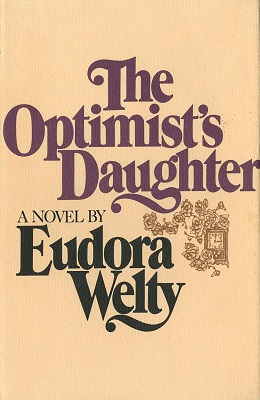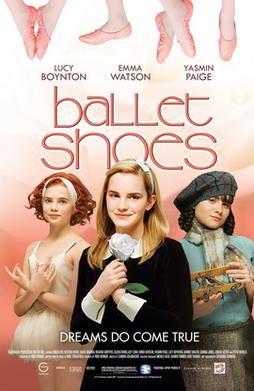
Glen or Glenda is a 1953 American exploitation film directed, written by and starring Ed Wood, and featuring Wood's then-girlfriend Dolores Fuller and Bela Lugosi. It was produced by George Weiss who also made the exploitation film Test Tube Babies that same year.

The Great Race is a 1965 American Technicolor epic slapstick comedy film starring Jack Lemmon, Tony Curtis, and Natalie Wood, directed by Blake Edwards, written by Arthur A. Ross, and with music by Henry Mancini and cinematography by Russell Harlan. The supporting cast includes Peter Falk, Keenan Wynn, Arthur O'Connell and Vivian Vance. The movie cost US$12 million, making it the most expensive comedy film at the time. The story was inspired by the actual 1908 New York to Paris Race.

In a Lonely Place is a 1950 American film noir directed by Nicholas Ray and starring Humphrey Bogart and Gloria Grahame, produced for Bogart's Santana Productions. The script was written by Andrew P. Solt from Edmund H. North's adaptation of Dorothy B. Hughes' 1947 novel of the same name.

Small World: An Academic Romance (1984) is a campus novel by the British writer David Lodge. It is the second book of Lodge's "Campus Trilogy", after Changing Places (1975) and before Nice Work (1988).

Jame Gumb is a fictional character and the main antagonist of Thomas Harris's 1988 novel The Silence of the Lambs and its 1991 film adaptation, in which he is played by Ted Levine. In the film and the novel, he is a serial killer who murders overweight women and skins them so he can make a "woman suit" for himself. In the television series Clarice, he is portrayed by Simon Northwood.

Brooke Leopold Hart was the eldest son of Alexander Hart, the owner of the L. Hart & Son department store in downtown San Jose, California, United States. His kidnapping and murder were heavily publicized, and the subsequent lynching of his alleged murderers, Thomas Harold Thurmond and John M. Holmes, sparked widespread political debate.

The Talisman is a 1984 fantasy novel by American writers Stephen King and Peter Straub. The plot is not related to that of Walter Scott's 1825 novel of the same name, although there is one oblique reference to "a Sir Walter Scott novel." The Talisman was nominated for the Locus and World Fantasy Awards in 1985. King and Straub followed up with a sequel, Black House (2001), that picks up with a now-adult Jack as a retired Los Angeles homicide detective trying to solve a series of murders in the small town of French Landing, Wisconsin.

Charlie Pace is a fictional character on ABC's Lost, a television series chronicling the lives of plane crash survivors on a mysterious tropical island. Played by Dominic Monaghan, Charlie was a regular character in the first three seasons, and continued to make occasional appearances until the final season.

Why Didn't They Ask Evans? is a work of detective fiction by Agatha Christie, first published in the United Kingdom by the Collins Crime Club in September 1934 and in the United States by Dodd, Mead and Company in 1935 under the title of The Boomerang Clue. The UK edition retailed at seven shillings and sixpence (7/6) and the US edition at $2.00.

Blood Thirst is a 1971 American black-and-white horror film produced and directed by Newt Arnold, and starring Robert Winston, Katherine Henryk and Yvonne Nielson. Shot on location in the Philippines in 1965, the film tells the story of an American detective investigating a series of murders linked to a Manila nightclub. The killings are carried out by a monster so that a beautiful blonde woman, who is actually hundreds of years old, can use the victim's blood to stay forever young.

Red Dragon is a psychological horror novel by American author Thomas Harris, first published in 1981. The story follows former FBI profiler Will Graham, who comes out of retirement to find and apprehend an enigmatic serial killer nicknamed "the Tooth Fairy". The novel introduces the character Dr. Hannibal Lecter, a brilliant psychiatrist and cannibalistic serial killer whom Graham reluctantly turns to for advice and with whom he has a dark past. The title refers to the figure from William Blake's painting The Great Red Dragon and the Woman Clothed in Sun.

The Optimist's Daughter is a Pulitzer Prize for Fiction-winning short novel by Eudora Welty. It was first published as a long story in The New Yorker in March 1969 and was subsequently revised and published in book form in 1972. It concerns a woman named Laurel, who travels to New Orleans to take care of her father, Judge McKelva, after he has surgery for a detached retina. Judge McKelva fails to recover from this surgery, and as he dies slowly in the hospital, Laurel visits and reads to him from Dickens. Her father's second wife, Fay, who is younger than Laurel, is a shrewish outsider from Texas. Her shrill response to the Judge's illness appears to accelerate his demise. Laurel and Fay are thrown together when they return the Judge to his hometown, Mount Salus, Mississippi, where he will be buried. There, Laurel is immersed in the good neighborliness of the friends and family she knew before marrying and moving away to Chicago. Fay, though, has always been unwelcome and leaves for a long weekend, leaving Laurel in the big house full of memories. Laurel encounters her mother's memory, her father's life after he lost his first wife, and the complex emotions surrounding her loss as well as the many memories. She comes to a place of understanding that Fay can never share, and she leaves small town Mississippi with the memories she can carry with her.

Ballet Shoes is a 2007 British television film, adapted by Heidi Thomas from Noel Streatfeild's 1936 novel Ballet Shoes. It was produced by Granada Productions and premiered on BBC One on 26 December 2007. It is directed by Sandra Goldbacher.

The Trail of the Lonesome Pine is a 1936 American adventure romance western film based on the novel of the same name. The picture was directed by Henry Hathaway starring Fred MacMurray, Sylvia Sidney and Henry Fonda.

Look Homeward, Angel is a 1957 stage play by the playwright Ketti Frings. The play is based on Thomas Wolfe's 1929 largely autobiographical novel of the same title.

Ransom was a 1973 novel by Australian author Jon Cleary, the third to feature his detective hero Scobie Malone. Cleary also wrote The Sundowners and The High Commissioner. The novel was published by Fontana Press on November 3, 1975.

A Wolf at the Door is a 2013 Brazilian drama thriller film written and directed by Fernando Coimbra. The film follows the story of Sylvia and Bernardo, the parents of a kidnapped girl, and Rosa, Bernardo's lover, who is suspected for the kidnapping. The film was based on a real life crime that occurred in the 60s where a woman called Neyde Maria Maia Lopes kidnapped and killed 4-year- old Tania Maria Coelho de Araujo ("Taninha"). It received the Horizontes Latinos award at the 61st edition of the San Sebastián International Film Festival.
Fear Is the Key is a 1972 British action thriller film directed by Michael Tuchner and based on the 1961 novel of the same title by Alistair MacLean. It stars Barry Newman and Suzy Kendall, with supporting roles by John Vernon, Dolph Sweet, and Ben Kingsley in his feature film debut. The film features a soundtrack by Roy Budd.

The House That Would Not Die is a 1970 American made-for-television supernatural horror film starring Barbara Stanwyck, Richard Egan, Michael Anderson Jr. and Kitty Winn. It premiered as the ABC Movie of the Week on October 27, 1970.

Confess, Fletch is a 2022 American crime comedy film directed by Greg Mottola, who also co-wrote the screenplay with Zev Borow. Based on Gregory Mcdonald's 1976 novel of the same name, the film stars Jon Hamm, Lorenza Izzo, Marcia Gay Harden, Kyle MacLachlan, Roy Wood Jr., and John Slattery. It is the third installment in the Fletch series, following Fletch (1985) and Fletch Lives (1989), and the first not to star Chevy Chase.
















